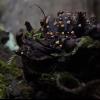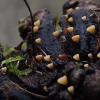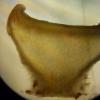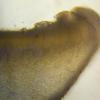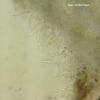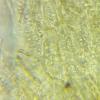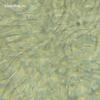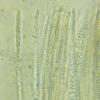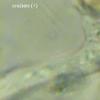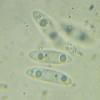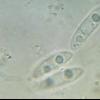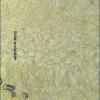
27-08-2025 12:02
Pavol PaloHello dear friendsI would like to ask for sharing

25-08-2025 17:37
 François Freléchoux
François Freléchoux
Bonjour,Nous avons trouvé samedi dernier à l'ét

20-08-2025 19:04
Ethan CrensonHello, This asco was found on the same wood as my

22-08-2025 08:41
Masanori KutsunaHello.Can anyone help me to get this article?Liu H

21-08-2025 02:18
Stefan JakobssonOn a necrotic section of a living Tilia cordata I
A few very young fruiting bodies grew on a pine cone. I found only one fruiting body with mature spores already present. Microscopic structure and substrate similar to H. lutescens. But I don't like the content of the spores.
There are two regular drops in each. Besides, the paraphyses content in Lugol does not turn red as in H. lutescens.
Porus reaction (+) bb
Spores: Me = 16 × 4.3 µm; Qe = 3.8
16.19 4.25
14.93 4.80
19.15 4.73
16.01 4.27
14.29 3.98
15.21 3.60
In spite of such a substrate and the appearance of spores, can this collection be classified as H. lutescens ??
Mirek

I recently found Hymenoscyphus epiphyllus on Alnus cones ... tomorrow I will try to insert photos.

Everything indicates that you are absolutely right.
I will not post photos of the new collection but I will try to explain what aroused my uncertainty. Watching H. epiphylus always saw in ectal ex. a narrow strip of cells of an oval shape. While examining these fruiting bodies, I didn't notice such cells, but probably due to the very young age of the fruiting bodies? Also, the dimensions of the spores are quite small for this species, but as I mentioned: the fruiting bodies are very poorly mature!
Today I found another collection growing on needles and cones Picea abies.
best regards
Mirek

Thank you!
Mirek


